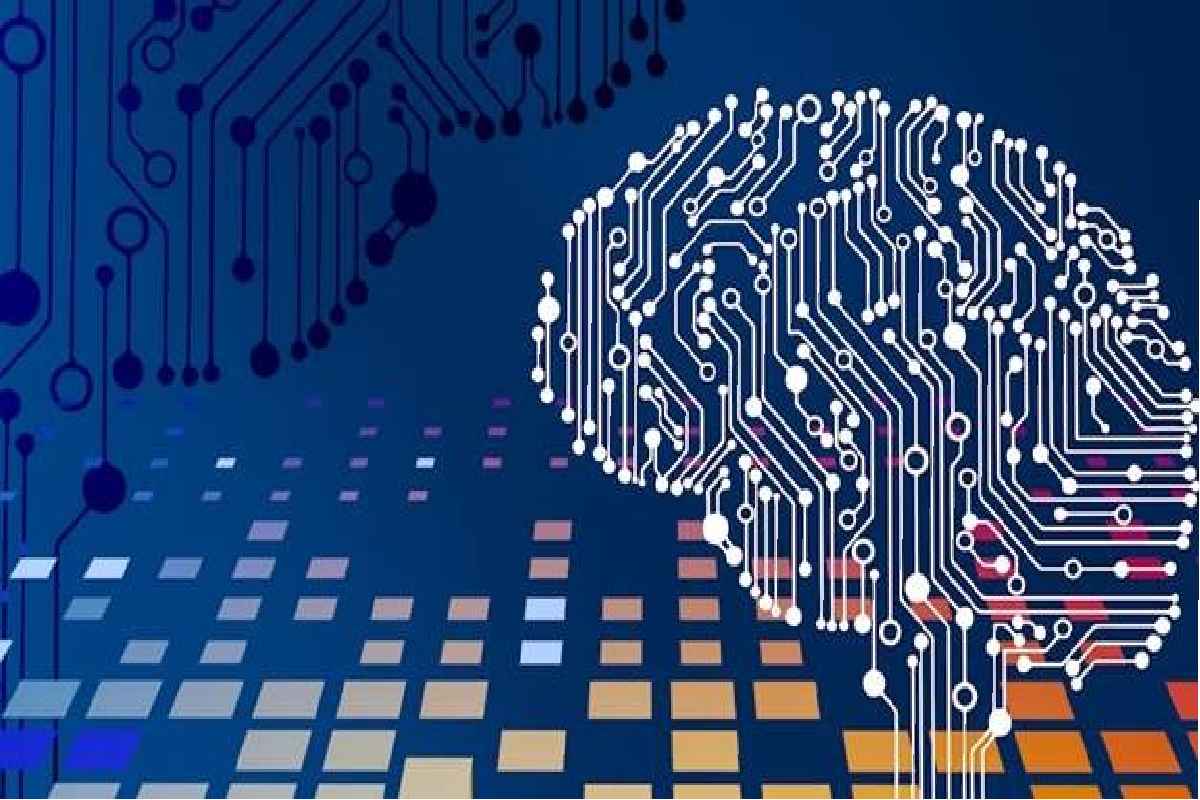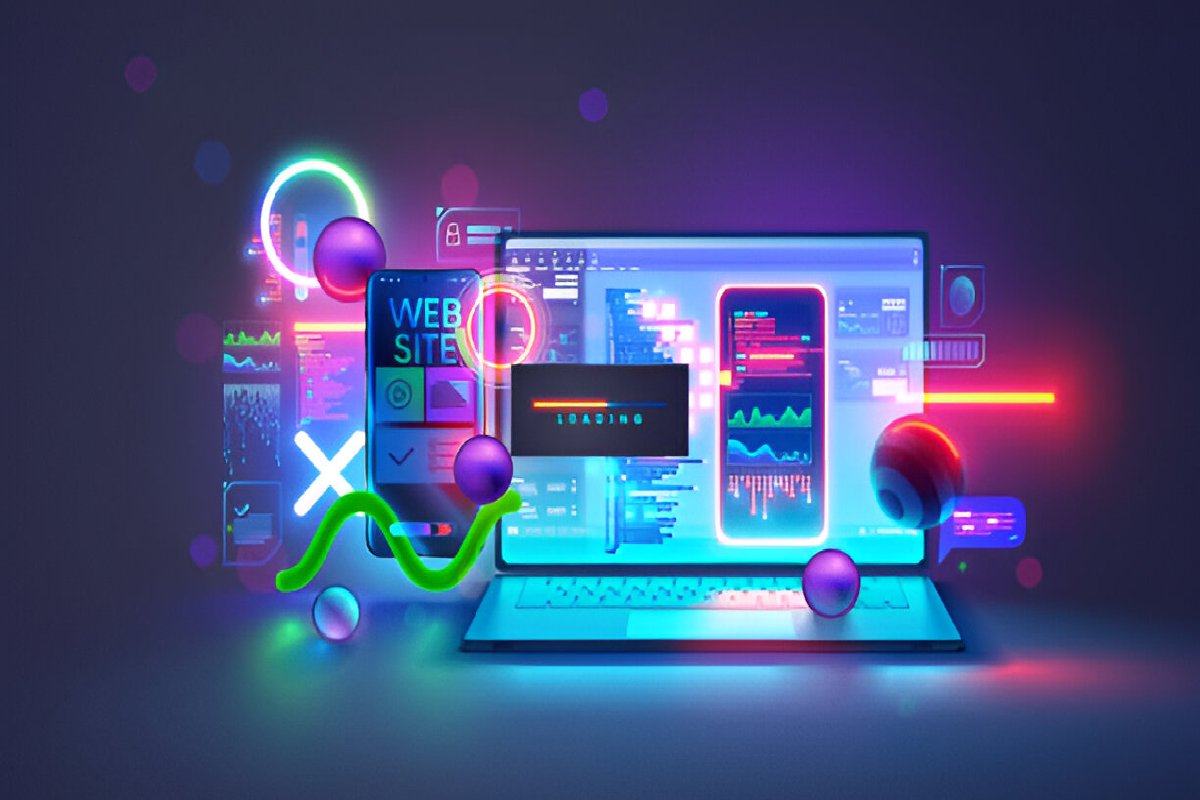Every day, we interact with technology that seems smart but often misses the point. A search engine might show you results that don’t match what you meant. A chatbot might answer the wrong question. Even advanced AI systems sometimes make confident but incorrect assumptions. The reason is simple — most systems still don’t understand context.
Context is what helps humans make sense of language, behavior, and meaning. When someone says, “It’s cold in here,” we understand they might be asking to close a window. For machines, that kind of inference has always been difficult. Traditional systems process words or numbers, but they don’t connect them to real-world situations or intent.
That gap is now closing. Advances in artificial intelligence, language models, and semantic technologies are teaching machines to think beyond isolated data. They are learning to connect dots, recognize relationships, and make judgments that feel closer to human understanding. This change is shaping everything from customer service to data analytics — and it’s redefining what it means for technology to be “intelligent.”
1. Why Context Is the Key to Better AI
Artificial intelligence has made major progress in language, vision, and prediction. Yet, many AI systems still get confused when the meaning depends on context. Ask a voice assistant to “book a table near the office” and it must know what “near” and “the office” mean to you. Without context, even the best model can guess wrong.
That’s why contextual understanding is now the foundation of next-generation AI. Systems that grasp intent can deliver better answers, faster responses, and fewer errors. This understanding is powered by technologies that organize data into connected structures — one of which is the knowledge graph. A knowledge graph helps machines understand how things relate, not just what they are. It gives AI the structure it needs to interpret meaning, relationships, and outcomes more effectively.
2. The Human Element Behind Machine Understanding
Teaching a machine context isn’t just about programming rules. It starts with how humans define and map relationships. Data scientists, linguists, and engineers work together to show AI how concepts connect — much like how children learn that a “teacher” is a kind of “person,” and a “classroom” is a type of “place.”
This human-guided structure allows machines to understand how different pieces of information fit together. It’s not about copying human thought but about giving AI systems a framework to reason more naturally. The closer machines come to understanding real-world logic, the more useful and reliable they become in practice.
3. How AI Is Learning to Read Between the Lines
Language is complex. Words can mean different things depending on tone, timing, or situation. Early AI models focused only on literal meaning, but new systems are trained to detect intent and emotion as well.
For example, customer support bots now analyze previous interactions to understand context before replying. Instead of treating every question as new, they consider history — what the user asked before and how they responded. This makes conversations smoother and results more accurate.
These improvements come from better models of natural language understanding. By linking language with data and user behavior, AI is getting closer to recognizing what people mean, not just what they say.
4. The Role of the Knowledge Graph in Machine Learning
A knowledge graph is one of the main tools helping technology understand context. It connects data points through relationships — showing how people, objects, and events relate. For example, a graph might connect a customer to a purchase, that purchase to a product, and the product to a supplier.
This structure allows AI to reason logically. It can answer complex questions like “Which customers bought similar products last month?” without manually connecting multiple databases. The knowledge graph gives the AI a foundation of meaning — it doesn’t just hold facts, it organizes them in a way machines can navigate and interpret.
Companies use knowledge graphs to improve search results, build smarter assistants, and create reliable insights across large systems. By connecting data instead of just collecting it, these systems turn information into understanding — a step closer to true intelligence.
5. Context in Visual and Sensor Intelligence
Context isn’t limited to text or language. It plays a major role in how machines interpret images, videos, and sensor data. In earlier years, computer vision could identify objects — like detecting a car or a person in a photo. But it didn’t understand what was happening.
Today’s vision systems go further. They don’t just see what’s in front of them; they interpret the scene. For example, image recognition tools can now tell whether a person is driving, repairing, or inspecting a car by analyzing actions and surroundings. In manufacturing, cameras can detect if a machine is running normally or showing signs of wear.
The same applies to sensor-based systems. Smart devices use environmental data to understand patterns — like a thermostat learning that temperature changes mean someone just arrived home. This shift from detection to interpretation shows that technology is learning to act with awareness, not just reaction.
6. How Vector Databases Enhance Understanding
While knowledge graphs give AI structure, vector databases help it find similarity. A vector database stores data in numerical representations — called embeddings — that capture the meaning of content. This allows systems to identify related items even when words or forms differ.
For example, a vector database can find documents that discuss the same topic even if they use different wording. When combined with a knowledge graph, this creates a powerful balance: the vector system finds what’s similar, and the graph explains how it’s connected.
This combination supports modern search engines, recommendation systems, and generative AI tools. It helps machines move beyond keywords to a deeper understanding of context. As a result, users get results that are not only relevant but also meaningful.
7. Everyday Applications of Context-Aware Technology
Context-aware systems are becoming part of daily life, often without users noticing. Navigation apps suggest routes based on traffic and time of day. Email clients highlight important messages by learning what matters to you. Virtual assistants adjust reminders based on your schedule and location.
In business, context-aware AI helps teams make better decisions. Marketing platforms tailor messages based on user behavior. Customer service systems adapt responses based on previous interactions. Healthcare tools use patient history to suggest next steps or detect anomalies.
Each of these examples relies on one core idea: understanding relationships. When machines recognize how data points connect — such as time, place, and user preference — they deliver experiences that feel intuitive rather than mechanical.
Technology is no longer limited to collecting and calculating. It’s learning to understand meaning, relationships, and intent. From language models that interpret tone to systems that see connections between data points, context has become the foundation of modern intelligence.
The progress is steady, not sudden. Machines are getting better at linking facts, understanding intent, and reasoning through real-world information. The combination of knowledge graphs, vector databases, and contextual models is driving this shift.
As context becomes the core of digital intelligence, technology moves closer to what users have always wanted: tools that don’t just process information, but truly make sense of it.





